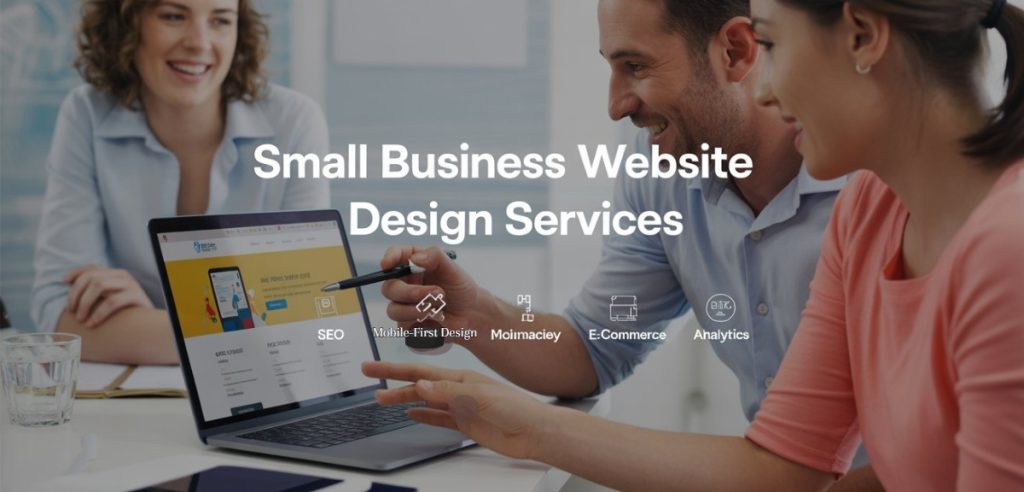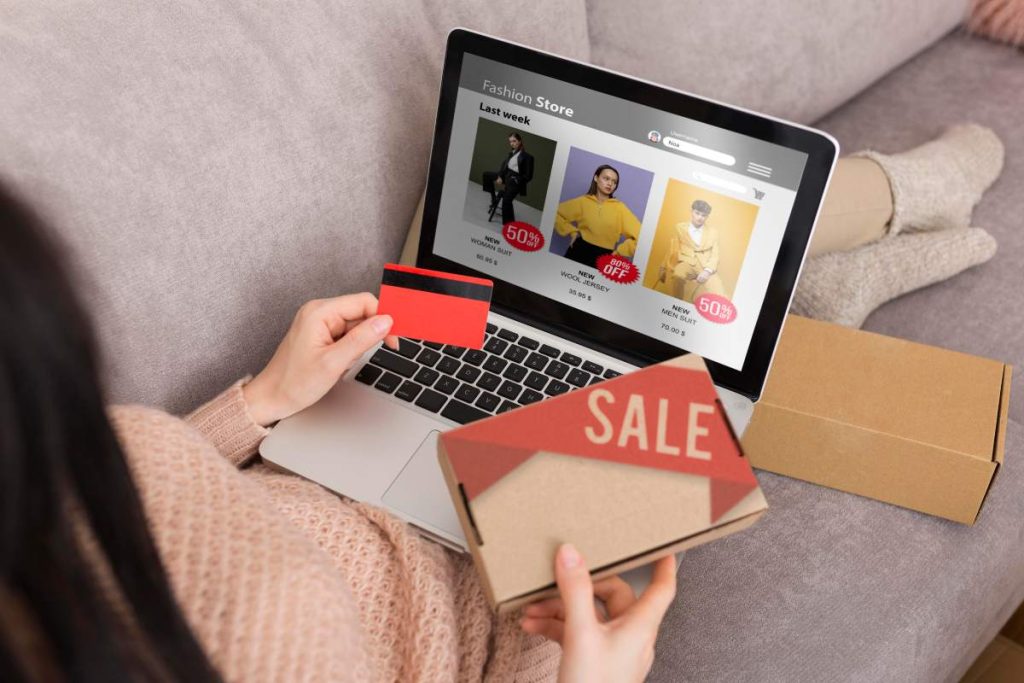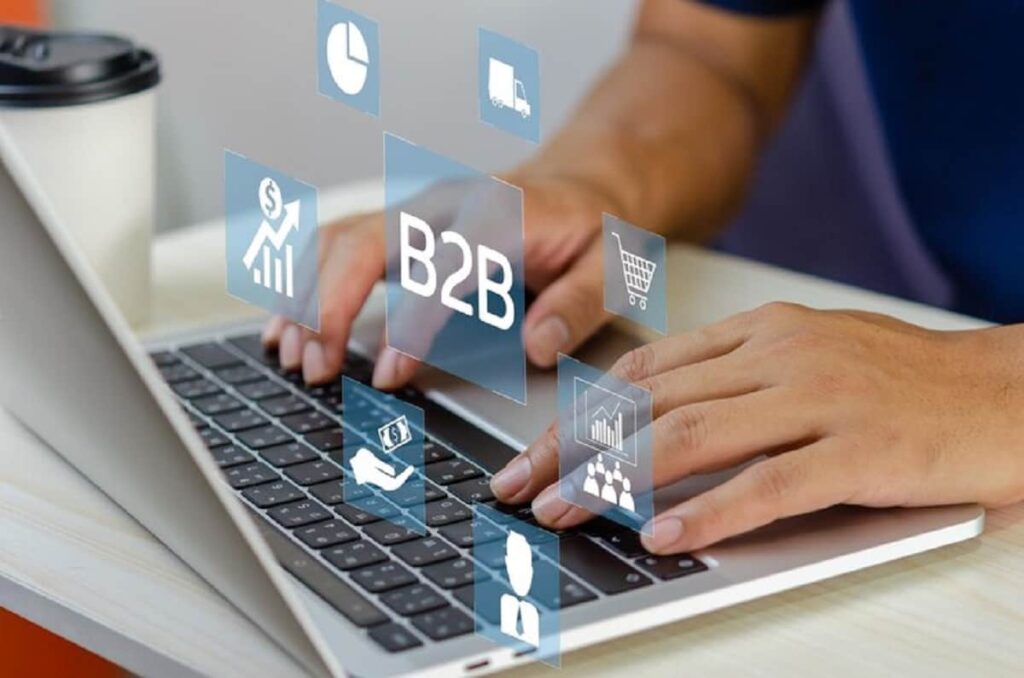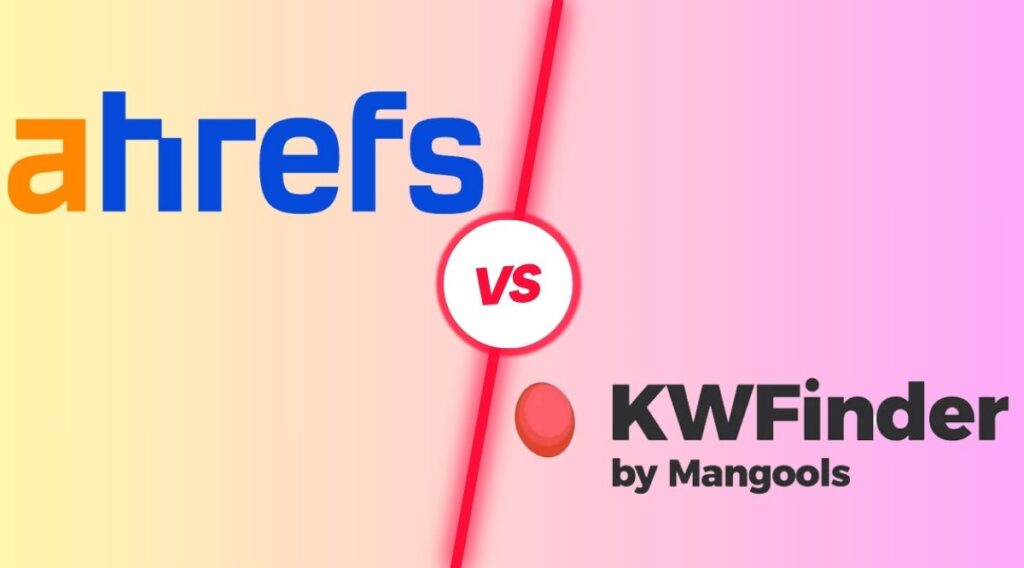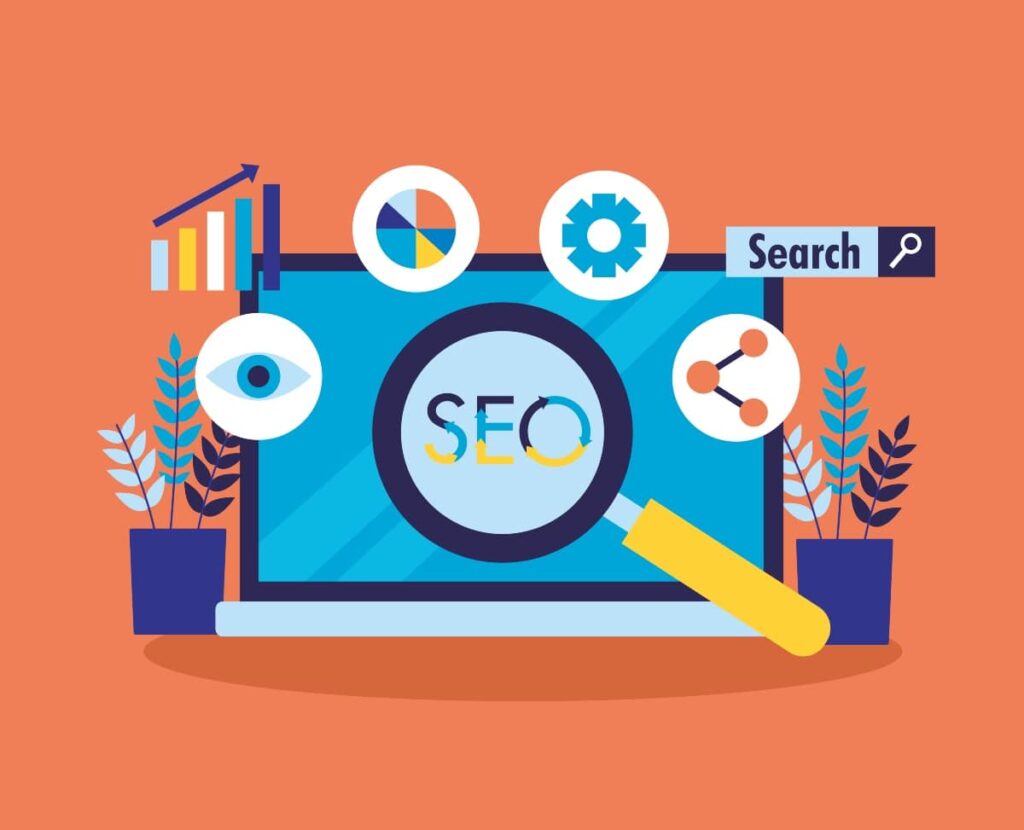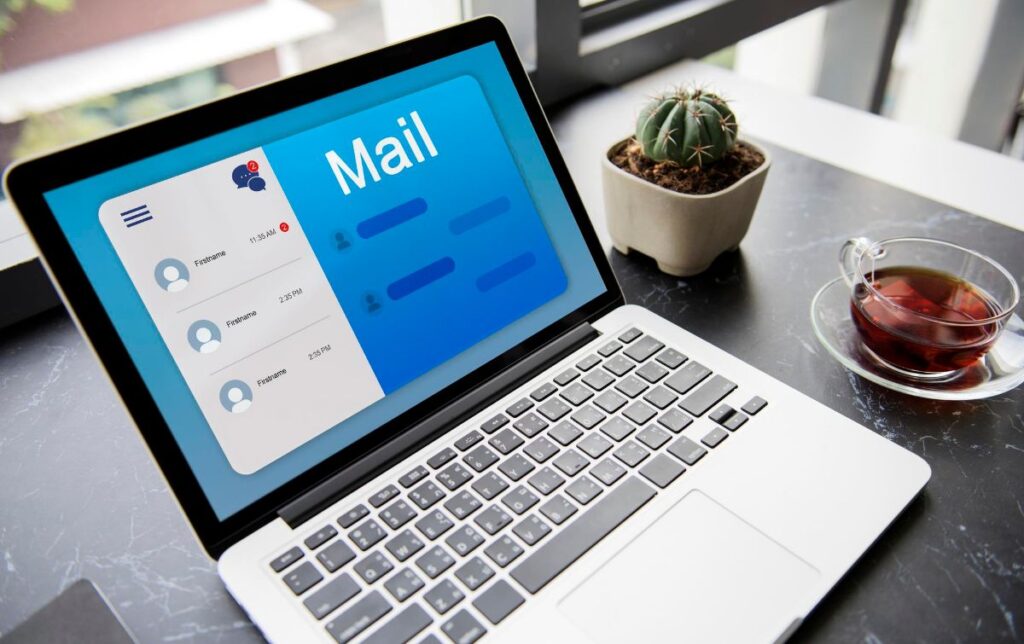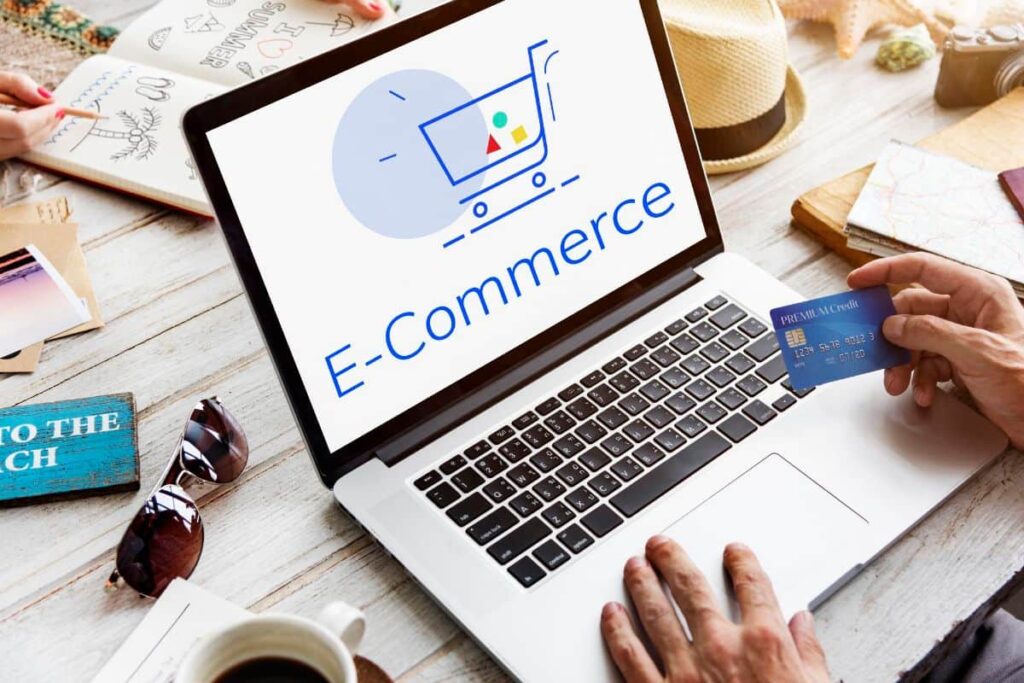In the ever-evolving world of online business, understanding the concept of a sales funnel in digital marketing can mean the difference between a visitor browsing your website and a customer making a purchase. A sales funnel is more than just a buzzword—it’s a strategic framework that maps the journey your potential customers take from discovering your brand to becoming loyal buyers. Whether you’re a start-up testing the waters or an established business aiming for growth, knowing how to design and optimise a sales funnel can transform the way you generate leads, close deals, and build relationships.
1. Understanding the Vision of a Sales Funnel
A sales funnel illustrates the path a prospect follows before making a purchase, visualised as a funnel because the number of people decreases as they move closer to buying. At the top, you have a large pool of potential leads. As they progress through various stages, some drop off, leaving a smaller group of qualified, purchase-ready customers at the bottom.
The stages are not just theoretical—they help you anticipate customer needs at every point, personalise communication, and create a consistent brand experience. When used effectively, a sales funnel enables you to guide prospects from curiosity to commitment in a predictable, measurable way.
2. Why the Sales Funnel Matters in Digital Marketing
In traditional sales, face-to-face interactions help build trust. In the digital space, that trust has to be established through online content, targeted communication, and strategic touchpoints. A sales funnel allows you to:
- Measure and optimise marketing efforts by tracking where prospects drop off.
- Deliver the right message at the right time, increasing conversion rates.
- Understand customer psychology and buying behaviours for more effective campaigns.
Without a funnel, marketing efforts often become random and inconsistent. With one in place, you have a structured system that nurtures prospects until they’re ready to buy—turning marketing from guesswork into a data-driven process.
3. Stages of a Digital Marketing Sales Funnel
The sales funnel generally consists of four major phases, each requiring a tailored approach.
a) Awareness
This is where possible customers first encounter your brand—through search engines, social media, ads, blogs, or word-of-mouth. The goal is visibility.
Example: A small clothing brand might publish style guides and run Instagram ads targeting fashion-conscious users.
b) Interest
At this stage, prospects know you exist and are exploring your offerings. They might read blog posts, watch videos, sign up for a newsletter, or follow you on social media.
Example: A software company offering free webinars or demo videos to educate potential users.
c) Decision
Here, prospects are evaluating options. They compare features, prices, and reviews, possibly engaging directly with your team.
Example: Offering limited-time discounts, personalised consultations, or free trials.
d) Action
The final stage—prospects take the desired step, whether it’s making a purchase, booking a call, or signing up for a service.
Example: A digital course creator sending a last-chance email with a one-click purchase link.
4. Expanding the Funnel: Post-Purchase Stages
Many businesses stop after the sale, but the real growth lies in retention and advocacy.
- Retention: Follow-up emails, loyalty programs, and proactive support keep customers engaged.
- Advocacy: Happy customers become brand ambassadors, bringing in referrals through positive reviews and recommendations.
A truly effective funnel doesn’t end at the transaction—it creates long-term relationships.
5. Building a Sales Funnel for Your Digital Marketing Strategy
 Step-by-step view of the digital marketing sales funnel
Step-by-step view of the digital marketing sales funnel
Creating a high-converting funnel requires more than just an understanding of its stages. It demands research, strategy, and continual optimisation.
Step 1: Identify Your Target Audience
Define who you want to attract. Understand their pain points, interests, and online behaviours. This permits you to craft messaging that resonates and solutions that genuinely help.
Step 2: Drive Quality Traffic
Choose the proper channels—SEO, paid ads, social media, influencer partnerships—and create content that addresses your audience’s needs. The focus should be on attracting visitors who are most likely to benefit from your product or service.
Step 3: Capture Leads
Offer something of value in exchange for contact information—a free guide, webinar, checklist, or trial. Use landing pages with compelling headlines, clear benefits, and strong calls-to-action.
Step 4: Nurture Relationships
Use email marketing, remarketing ads, and personalised content to stay in touch. The purpose is to build trust and demonstrate your expertise over time.
Step 5: Convert Leads into Customers
Address objections, showcase social proof, and provide irresistible offers. Simplify the buying process so that taking the next step is effortless.
Step 6: Measure, Analyse, and Optimise
Track funnel metrics like conversion rates, cost per acquisition, and lifetime value. Test different messages, offers, and channels to find the most effective combinations.
6. Common Mistakes Businesses Make
- Ignoring the awareness stage and going straight for the sale.
- Failing to segment audiences leads to generic messaging.
- Not following up with leads who show interest but don’t convert immediately.
- Neglecting existing customers while chasing new ones.
These mistakes cost businesses valuable opportunities to build meaningful connections and maximise lifetime value.
7. Real-World Examples of Sales Funnels in Action
- E-commerce Brand: A skincare company runs Facebook ads to attract visitors to their blog. Blog readers see retargeted ads offering a free skin consultation. Those who sign up receive personalised product recommendations via email and a discount code—leading to a purchase.
- Service Provider: A consultancy offers a free “business growth audit” via LinkedIn ads. Leads who book the audit receive tailored reports and an invitation to a strategy session, converting into long-term clients
These examples show that sales funnels are adaptable across industries and customer types.
8. How Digital Tools Enhance the Funnel
Modern digital marketing tools can automate large parts of the funnel:
- Email automation to deliver timely follow-ups.
- CRM systems to track interactions and preferences.
- Analytics platforms to measure performance and optimise campaigns.
- AI-driven personalisation to tailor content and offers to each prospect.
When combined, these tools can create a seamless, personalised journey for every customer.
9. Measuring the Success of Your Funnel
To ensure your funnel delivers results, monitor key performance indicators such as:
- Traffic-to-lead conversion rate.
- Lead-to-customer conversion rate.
- Customer lifetime value.
- Return on ad spend.
By consistently reviewing these metrics, you can identify bottlenecks and refine your approach.
10. Future Trends in Sales Funnels
 Overview of the sales funnel journey in digital marketing
Overview of the sales funnel journey in digital marketing
Digital sales funnels are evolving rapidly. Some emerging trends include:
- Conversational marketing via chatbots and messaging apps.
- Omni-channel nurturing across multiple platforms for a cohesive experience.
- Video-first content to boost engagement at all stages.
- AI-powered predictive analysis to anticipate customer actions and needs.
Adapting to these trends can keep your funnel ahead of competitors and aligned with changing customer expectations.
Conclusion
Understanding and implementing a well-structured sales funnel is no longer optional—it’s a necessity for any business seeking growth in the competitive digital landscape. By guiding potential customers from awareness to action, and continuing to nurture them beyond the initial sale, you create a sustainable system for revenue and brand loyalty.
For businesses ready to take their marketing to the next level, the key is not just knowing what a sales funnel is in digital marketing, but applying that knowledge in a way that’s tailored, measurable, and customer-focused. And if you want expert guidance to build and optimise your high-converting funnel, IT Leadz can help you create a strategy that works—turning curious visitors into loyal customers who fuel your growth.
Frequently Asked Questions (FAQs)
1. How does a sales funnel work in digital marketing?
A sales funnel works by guiding potential customers through a series of stages—starting from when they first discover your brand to when they make a purchase. At each stage, the goal is to build trust, address their needs, and encourage them to take the next step, ultimately leading to a conversion.
2. How long does it take to build an effective sales funnel?
The timeline varies depending on your business model, audience, and marketing channels. A basic funnel can be set up in a few weeks, but optimising it for maximum results often takes several months of testing, refining, and tracking performance metrics.
3. Can a sales funnel work for small businesses?
Absolutely. Small businesses often benefit the most because a well-structured funnel allows them to compete with larger companies by building strong, personalised relationships with customers and maximising the return on their marketing budget.
4. What are the most important metrics to track in a sales funnel?
Key metrics include conversion rates at each stage, cost per lead, cost per acquisition, customer lifetime value, and return on ad spend. Monitoring these figures helps identify bottlenecks and improve overall funnel performance.
5. How can I improve my existing sales funnel?
Start by analysing where prospects drop off and why. Then, test different offers, content formats, or communication channels. Adding personalised follow-ups, refining your value proposition, and streamlining the buying process are some of the most effective ways to boost results.

 Step-by-step view of the digital marketing sales funnel
Step-by-step view of the digital marketing sales funnel Overview of the sales funnel journey in digital marketing
Overview of the sales funnel journey in digital marketing
